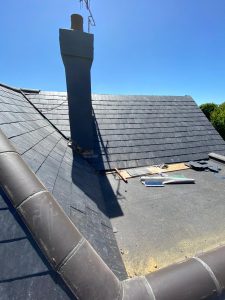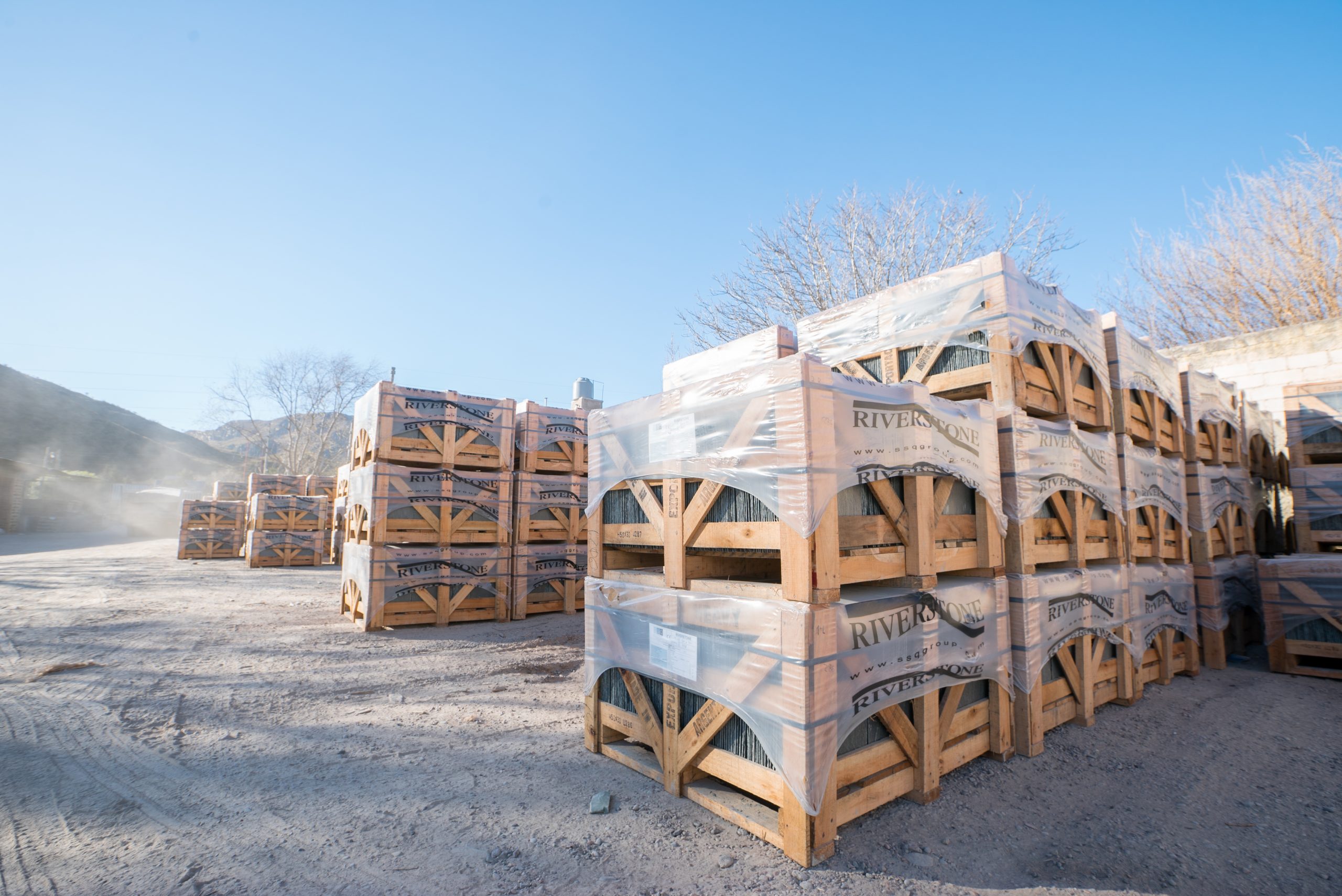Installing natural slates is a skilled job. It should be carried out by a qualified professional who understands the health and safety regulations when working at height and should be fully aware of all British Standards appertaining to roofing. There are two methods that can be used when fitting natural slates: nail fixing and hook fixing. In this article, we’ll look at how to use each installation method and provide some expert tips on natural slate fitting.
Nail fixing natural slates
When nail fixing natural slates, all slates must first be holed. For ease and speed of installation pre-holed slates are preferable. If the slates require on-site holing, this can be done either by hand or by using a specially designed holing machine. The machine method is preferable and provides better accuracy and less chance of breakage. All holing is carried out from the back of the slate. This provides a natural countersink for the nail head to site in.
Before slating commences chalk lines should be struck from eaves to the ridge at every half slate position so that the slates when nailed are inline.
Once a slate is holed, it is ready to be fitted to the roof. The head of the slate should be positioned approximately halfway onto the batten. This will allow 25mm to nail the slate securely into the batten. Holes should be between 20 – 25mm from the long edge of the slate with a recommended clearance of 6 – 12mm.
Copper nails with a minimum of 3.35mm shank diameter and a length of two thicknesses and a minimum of 15mm penetration should be used.
Hook fixing natural slates

Hook fixing removes the need for holing the slates using hook shaped stainless steel fixings instead of nails to secure the slates in place. Hook fixing is the preferred installation method in areas exposed to wind and driving rain. The hooks provide better resistance against wind lift by securing the tail of the slate and locking the slates together securely.
The length of the hooks should be no less than 10mm longer than the minimum head lap required. Hooks can be specified from 60mm to 160mm at 10mm size intervals and have a minimum diameter of 2.75mm. Hook fixing allows for more versatility in the roof’s design. It can accommodate narrow slates in valleys or domes allowing slates with a width of 100mm to be used.
Expert slate installation tips
To ensure that your next natural slate installation project is a complete success, here are six handy expert tips from SSQ.
- All slates shall be sorted and graded to a minimum of three thicknesses
- All slates in a single course should be of a similar thickness; thick ones at the eaves
- When nail fixing, always fix each slate through two prepared holes
- Use the thinnest slates nearest to the roof ridge
- Mark out straight course lines before fixing slates, vertically, up the slope
- When hook fixing, perimeter slates should be secured with additional nails
If you’d like to find out more about using SSQ natural slates for your next roofing project, contact us today. For more information about our range of roofing products call 020 8038 6454, send us a message online, or contact technical@ssq.co.uk and we’ll get back to you as quickly as possible.


